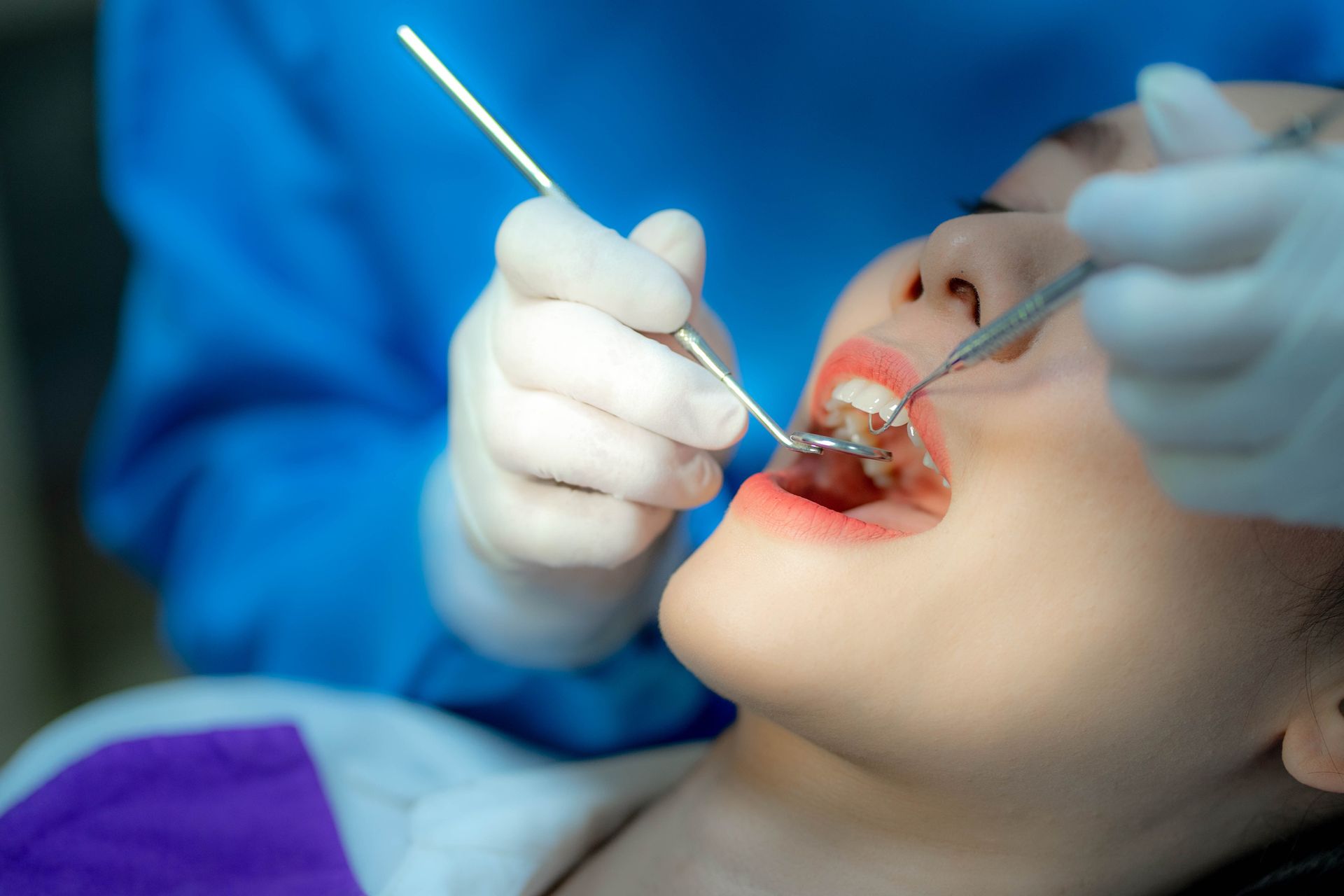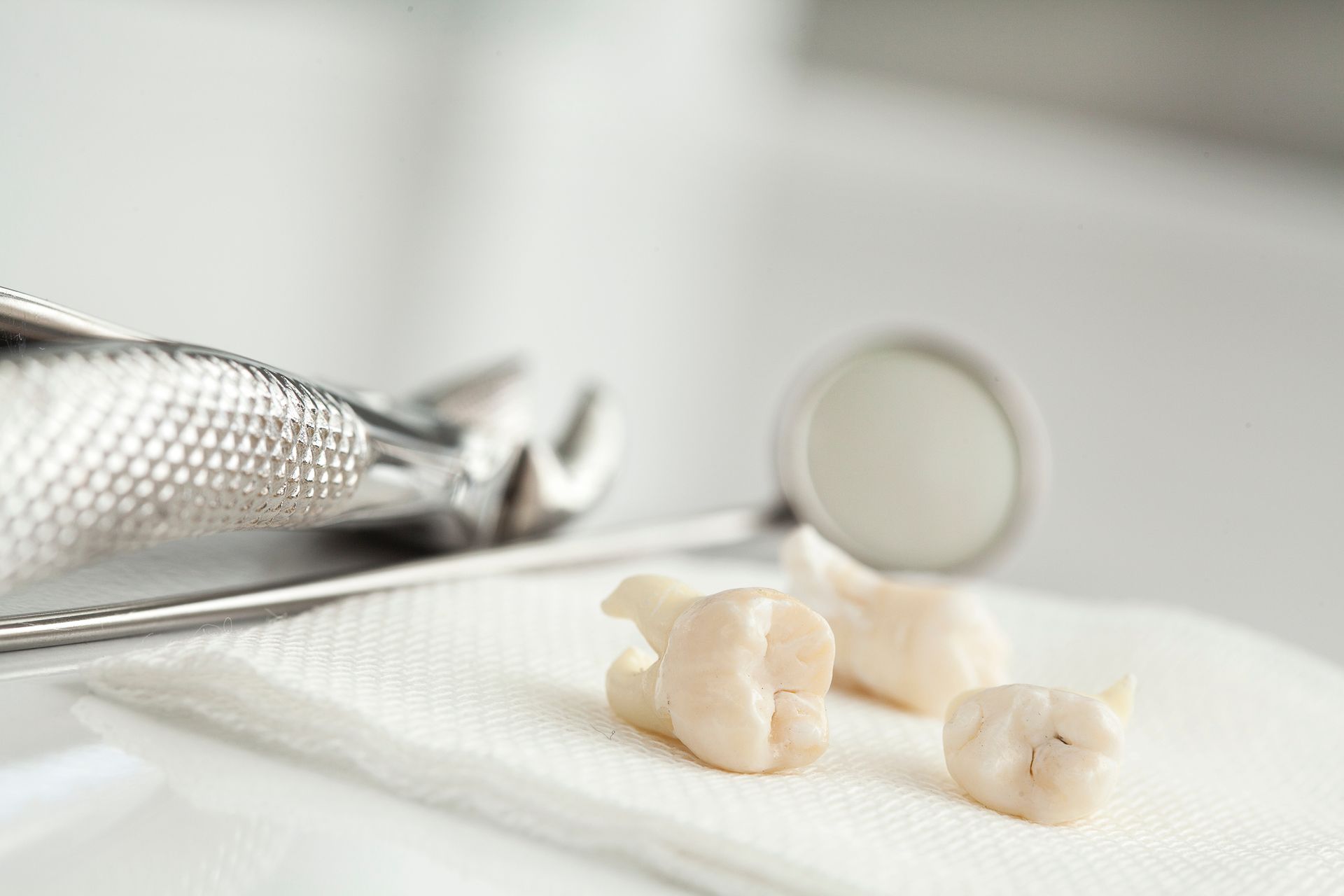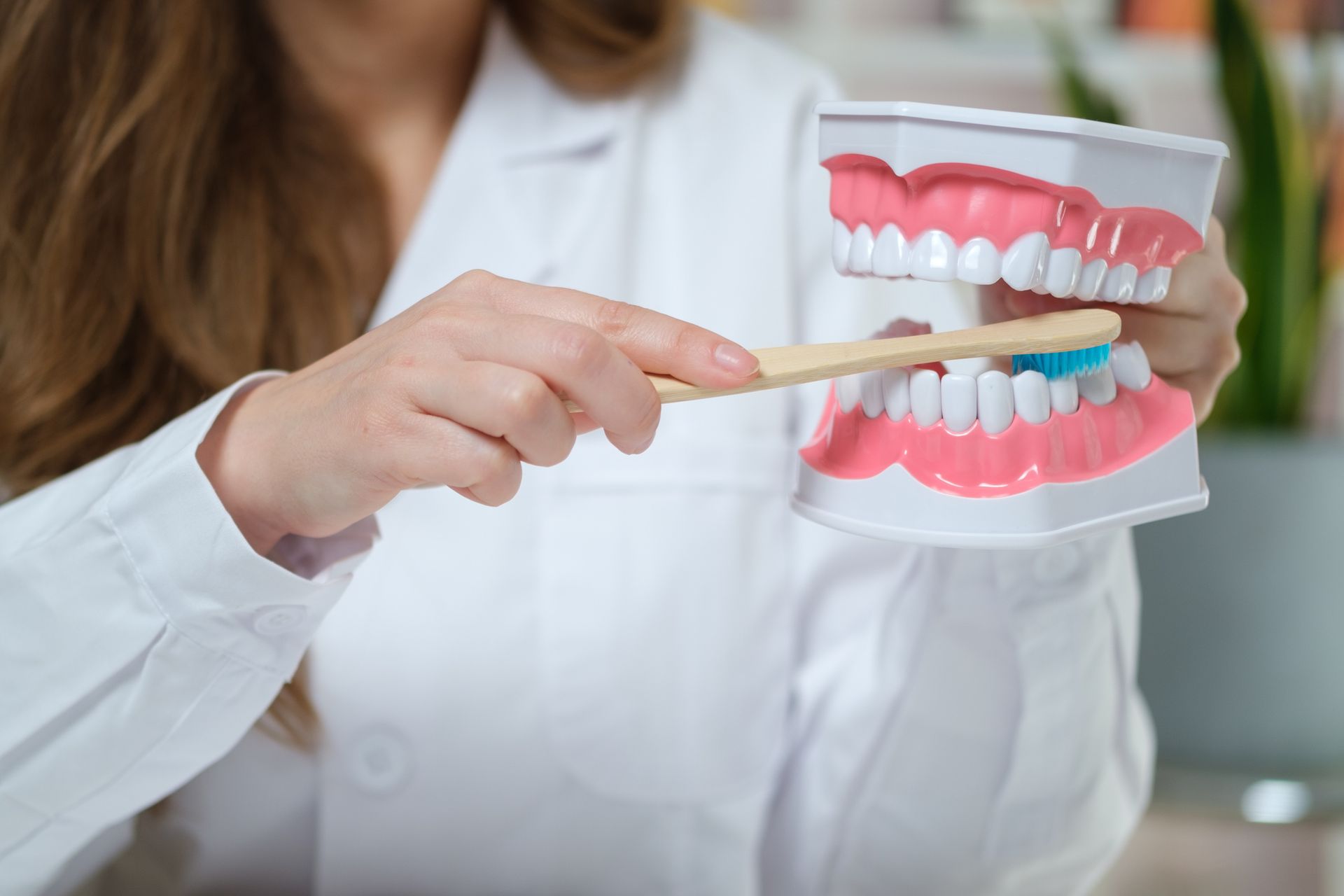PRP and Jawbone Surgery: What to Know
PRP and Jawbone Surgery: What to Know

Also known as PRP, platelet rich plasma is useful in a variety of healthcare settings — including the dentist's office. If you need a jawbone graft, take a look at these top patient procedure and PRP questions.
What Is a Jawbone Graft?
Do you have significant bone loss in your jaw? The jaw bone anchors your teeth and helps to give your face shape. Bone loss can interfere with tooth replacement procedures or make it difficult to fit dentures properly.
A graft adds your body's natural bone (or another source, such as a synthetic material) to the missing area. Over time, the graft heals and promotes tissue regeneration — growing into the jawbone and creating a stronger anchor and fuller shape.
While all grafts help to regrow lost bone, the specific type you need depends on the area of loss and what types of restorations or surgical procedures will follow the transplant.
The most common types of grafts are:
- A socket preservation (this option fills the space after a dental extraction)
- A ridge augmentation (this increases the width of the bone before an implant surgery)
- A sinus lift (this includes a graft to the back or sinus area of the mouth)
- A periodontal bone graft (as the name implies, this provides added support for patients with gum disease)
What Is PRP?
Platelet rich plasma is exactly what the name sounds like. PRP is an injection that uses your own plasma (the liquid portion of the blood) and platelets (blood cells). Instead of the normal concentration of platelets you would usually find in plasma, PRP injections include a higher quantity of the blood cells. PRP injections can stimulate healing, using your body's own natural methods. This can reduce the overall healing time.
Why Use PRP With a Jawbone Grafting Surgery?
The PRP injection will not change the shape of your jaw or add bone to the area. But it can help your body to regrow its own tissue. With a jawbone grafting surgery, PRP can stimulate healing. This means it can speed the healing process and help the graft to take hold in less time than what you might experience after a surgery without a PRP injection.
According to research published in the journal Implant Dentistry, PRP reduced the healing time of the bone and soft tissue. Likewise, a research review from the International Journal of Oral and Dental Health also found that PRP showed promise in promoting tissue regeneration and reducing healing times.
How Quickly Does PRP Work With a Dental Bone Graft?
While PRP will speed the overall healing time, it is not an instant fix. Your body will still need time to heal, and the bone will also need time to regenerate. You may feel pain or discomfort immediately after the bone graft or in the days following the procedure. The amount of time it takes your graft to completely heal depends on the type of procedure and placement of the bone and your overall health. Some grafts could take months to heal.
Will Your Dentist Use PRP With a Bone Graft?
Even though PRP use has grown in popularity, not every dentist or oral surgeon will use this type of injection. If you are interested in the benefits of a plasma rich platelet treatment, talk to your dentist before your bone graft procedure. The dental professional can help you to understand the benefits of this type of injection and assess its use for your individual needs.
Do you need to schedule a jawbone graft procedure? Contact the San Diego Center for Oral & Maxillofacial Surgery today for more information.










